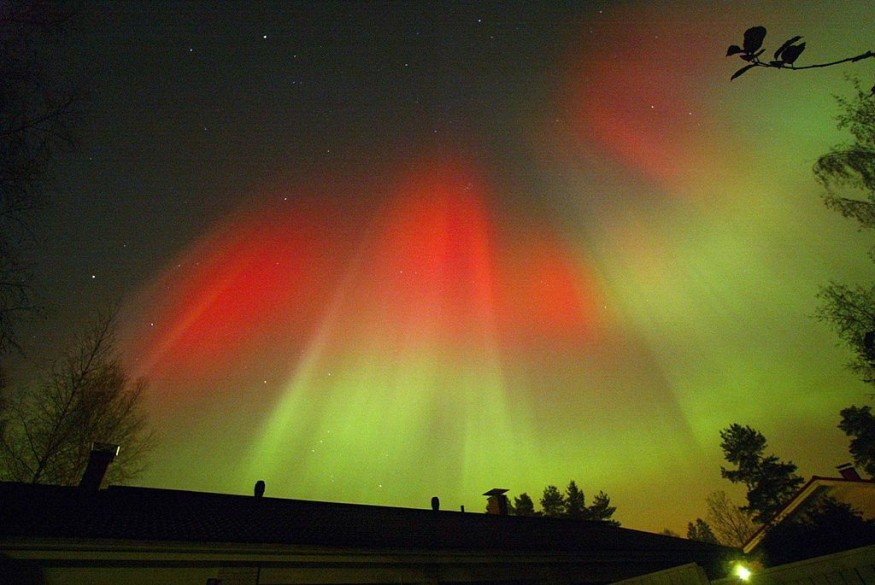
Geomagnetic storms have been recorded since the early 19th century, but one event in particular accounted for the largest geomagnetic storm and "the most intense" - the Carrington event.
Previous study says that the chance of a Carrington-like event occurring before 2029 is less than 1.9 percent, but is something you "you kind of want to have happen" to be able to weather it. However, according to The Conversation, a solar storm as large as the Carrington event could lead to trillions of dollars of monetary loss.
A massive geomagnetic storm occurs when plasma, a large bubble of superheated gas, is ejected from the surface of the sun and hits the Earth. 1859 accounts of the largest electromagnetic storm ever recorded and was called the "Great Auroral Storm"-the week the Sun touched the earth.
Catastrophically Beautiful
When the electrically charged particles of a coronal mass ejection hits the earth's magnetic field, the latter distorts and weakens, which results to strange phenomena like the aurora borealis, more commonly known as the northern lights. Typically, these lights are only visible at higher latitudes, in northern Canada, Scandinavia and Siberia, but on Sept. 1 and 2, 1859, it could be seen as far south as Colombia.
These solar particles could look beautiful, but too much could be catastrophic. After more than 150 years, the planet is entering yet another period of solar maximum according to Discover Magazine. While there had been a lack of measurements to tell precisely how big a geomagnetic storm was at the time, we now use a scale to measure the strength of these solar eruptions.
The National Oceanic and Atmospheric Administration's "G scale" has a rating from 1 to 5 with G1 being minor and G5 being extreme. Apparently, the 1859 Carrington Event would have been rated G5.
The Next Big Solar Storm
A geomagnetic storm of the same intensity as the Carrington Event would not just knock out telegraph wires but far more than that, especially in the middle of a technological revolution.
With today's ever-growing dependency on electricity and technology, any disruption could lead to trillions of dollars of monetary loss and greatly affect people's daily lives. A storm three times smaller than the Carrington Event which happened in Quebec, Canada, in March 1989 caused the Hydro-Quebec electrical grid to collapse, damaged a transformer in New Jersey, and knocked out power grid's circuit breakers.
In addition, storms of the like can disrupt communications on a worldwide scale, including high-frequency communication systems such as ground-to-air, shortwave and ship-to-shore radio. The induced currents from the geomagnetic storm could also damage satellites in orbit and burn out their circuit boards.
Navigation systems will also be disrupted, virtually affecting transportation, from cars to airplanes, use of GPS, and even handheld devices such as mobile phones, smart watches and tracking tags. Military detection systems heavily dependent on GPS would also be inoperative, which could hamper national defense.
Basically, a geomagnetic storm on the scale of the Carrington Event would potentially disrupt the entire network in just a matter of time, which is why there has been continued research on how to efficiently protect electrical systems against the effects of geomagnetic storms.
© 2026 NatureWorldNews.com All rights reserved. Do not reproduce without permission.





